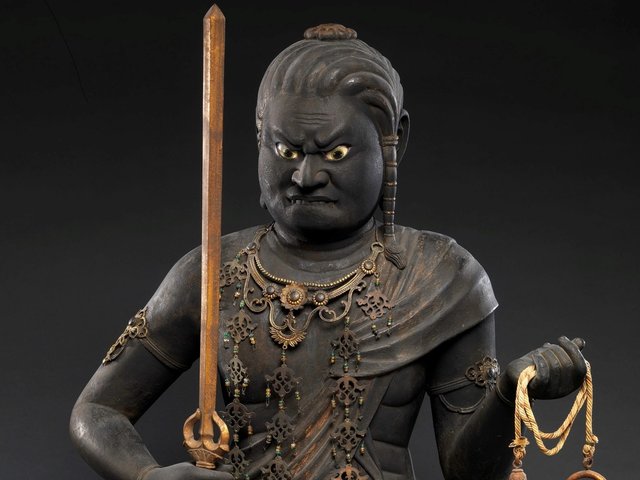The Kawamura Memorial DIC Museum of Art in Chiba Prefecture, Japan, will temporarily close its doors in January, while its owner, the Japanese chemical manufacturer DIC Global, deliberates the future of the museum and its art collection.
Despite an unprecedented increase in tourists to Japan following the lifting of travel restrictions in October 2022, DIC’s board said it would be “difficult to maintain and operate the museum in its current state” due to the relationship between the company, the museum and “opinions from investors”.
“If it were to close, it would be a great loss,” Toshihito Kumagai, the governor of Chiba Prefecture posted on X (formerly Twitter) before announcing his support for an online campaign to “ensure the facility's survival”.
With the museum’s future in doubt, critics believe the Hong Kong-based Oasis Management, which owns a majority stake in DIC Global, and have a track record of strong-arming Japanese corporations to ditch low-profit ventures in the pursuit of higher returns, are behind the board of directors' recent about-face.
For Katsumi Kawamura (1905-99), the second president of Dainippon Ink and Chemicals (DIC), who began collecting art in the 1970s, it made sense that one of the world’s biggest manufacturers of pigments, inks and resins should establish a corporate art collection. Designed by the architect Ichiro Ebihara, the Kawamura Memorial Museum of Art opened in 1990 next to the company’s research centre in Sakura City, a 50-minute train journey from Tokyo.
Today, DIC’s corporate art collection includes Japanese contemporary art and arguably one of the finest collections of 20th-century Western art in Japan, including works by Pablo Picasso, René Magritte, Cy Twombly, Joseph Cornell, Kurt Schwitters as well as seven of Mark Rothko’s Seagram Murals, housed in one of only four Rothko Rooms in the world.
While previous shareholders were happy to maintain the museum out of a sense of corporate social responsibility, the current crop of activist investors have taken a different view.
In April, shareholders established a committee to undertake a review of the museum's management, with its findings handed down in early August. Although the committee acknowledged the museum had received “high praise” for its exhibitions and collection, it also concluded that in terms of “capital efficiency”, the museum had not been “utilised effectively”.
“As a company that has made improving capital efficiency an important management issue, now is the time to reconsider the positioning of museum management from both social and economic value,” the committee said in a statement.
DIC’s board is now considering the committee's two recommendations: "downsizing and relocation" or "cancellation of museum operations” altogether. But with the museum’s entire collection now public with a “book value” of a relatively modest YEN¥11.2B ($76m), some believe asset liquidation is imminent. The collection’s valuation appears incredibly low given the museum sold Barnett Newman’s Anna’s Light (1968) for $105.7m in 2013.
Responding to the news, the Japanese billionaire and art collector, Yusaku Maezawa posted on X on 2 September: “If they are going to sell the collection, I hope they will approach Japanese buyers first so that the masterpieces do not leave Japan.”



